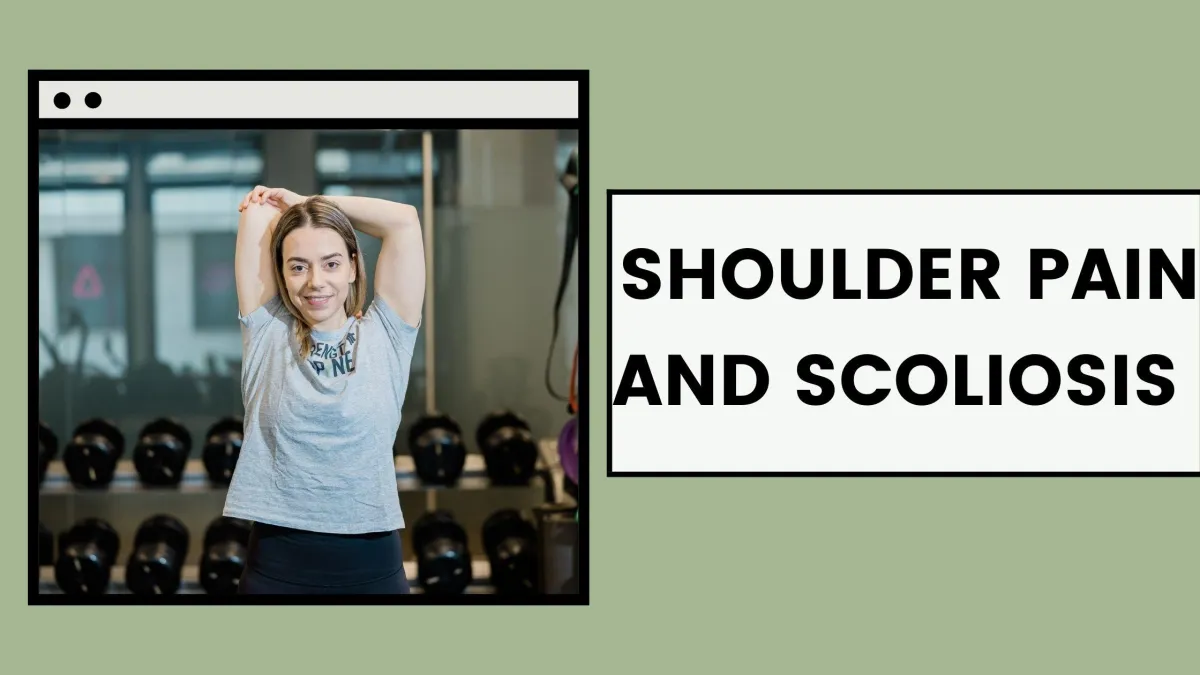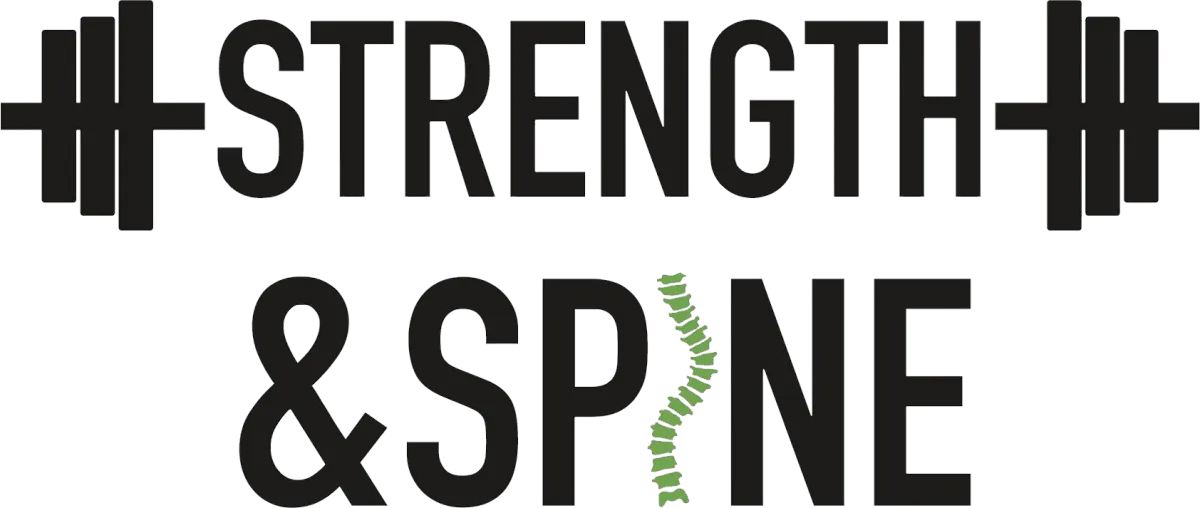Check Out The Latest Blog Posts To Learn More

Shoulder Pain and Scoliosis: Understanding the Connection and Finding Relief
Shoulder Pain and Scoliosis: Understanding the Connection and Finding Relief
If you've been dealing with shoulder pain and have scoliosis, you're not alone. Understanding how these two issues are connected and knowing what exercises can help reduce your pain can make a world of difference. This article will explore the interplay between shoulder pain and scoliosis and offer practical exercises to alleviate discomfort.
Introduction
Shoulder pain and scoliosis often go hand-in-hand, making everyday activities challenging. Scoliosis, a condition characterized by an abnormal curvature of the spine, can lead to muscle imbalance and joint stress, causing shoulder pain. This blog will guide you through the connection between these conditions and provide exercises to help manage and reduce pain.
What is the Connection Between Shoulder Pain and Scoliosis?
The link between shoulder pain and scoliosis lies in the body's biomechanics. Scoliosis causes the spine to curve sideways, leading to uneven shoulders. This imbalance places additional stress on the muscles, tendons, and ligaments in the shoulder area, often resulting in pain and discomfort.
Causes of Shoulder Pain in Scoliosis Patients
Muscle Imbalance
Scoliosis leads to an uneven distribution of muscle tension across the back and shoulders. The side of the spine that curves inward experiences muscle tightening, while the opposite side faces muscle elongation. This imbalance can cause significant shoulder pain.
Usually the scapula on the side of the thoracic prominence will be pushed up and forward over the ribs. The scapula on the side of the thoracic concavity will be pulled back and down into the concavity.
Joint Stress
The abnormal spinal curvature and change in the alignment of the shoulder blades in scoliosis puts extra pressure on the shoulder joints. Over time, this can lead to overuse injuries, contributing to pain and inflammation.
Nerve Compression
Scoliosis can sometimes cause nerve compression, which can manifest as shoulder pain. The misalignment of the spine may pinch nerves that control shoulder and arm movement, leading to discomfort.
Symptoms to Watch For
Persistent Shoulder Pain
A constant ache or sharp pain in the shoulder can be a symptom of scoliosis-related issues. This pain might worsen with physical activity or prolonged periods of sitting or standing.
Limited Range of Motion
Difficulty moving your shoulder or experiencing stiffness could indicate that scoliosis is affecting your shoulder's functionality.
Muscle Spasms
Muscle spasms in the shoulder and upper back are common in individuals with scoliosis. These spasms can be painful and limit mobility.
Diagnosing the Link
Physical Examination
A physical examination will help assess the degree of spinal curvature and its impact on shoulder alignment and function. Working with a scoliosis-specialist physical therapist is key here as they have a unique training to be able to analyze how your curve is affecting your shoulder blade alignment. If you don't have a scoliosis-specialist PT locally, you can book a virtual session with us here: https://strengthandspine.com/sessions
Imaging Tests
X-rays, MRIs, or CT scans may be used to visualize the spine and shoulder structure, confirming the diagnosis and guiding treatment.
Exercises to Reduce Shoulder Pain
Stretching Exercises
Doorway Stretch
Stand in a doorway with your arms on the door frame at shoulder height. Step forward with one foot, gently stretching your chest and shoulders. Hold for 20-30 seconds. This one works well especially on the side of the thoracic prominence, which usually makes the pec on the front of the shoulder feel more tight.
Countertop Stretch
Hold onto a chair or counter and sit your hips straight back until you feel a stretch in the front of your shoulders.
Strengthening Exercises
Resistance Band Rows
Attach a resistance band to a sturdy object. Stand facing the band, grab the handles, and pull them towards your body, squeezing your shoulder blades together. This exercise strengthens the upper back and shoulders. Be careful not to overextend your back as people with adolescent idiopathic scoliosis tend to have a flatter upper back position.
Shoulder Press
Using light dumbbells, press the weights overhead while keeping your core engaged. Make sure you always level your ribs first to balance your thoracic curve. Doing this in front of a mirror can be helpful. This exercise helps build shoulder strength and stability.
Scapular Push-Ups
Perform push-ups and round the upper back slightly at the top, pushing the shoulder blades apart. This can help to strengthen the serratus muscles. If you have a thoracic curve, think about pushing your concave side back more to get more rounding on that side.
Alternative Therapies
Physical Therapy
Working with a physical therapist can provide personalized exercises and treatment plans to manage scoliosis-related shoulder pain effectively. Make sure the physical therapist has training in Schroth method or another scoliosis specific therapy so that they can assess and treat your scapula properly.
Massage Therapy
Regular massages can relieve muscle tension and improve blood flow, reducing pain and promoting relaxation. Make sure to perform your exercises afterwards to help maintain the gains you've received from the therapy.
When to Seek Professional Help
If your shoulder pain persists despite self-care measures, it's essential to seek professional help. A healthcare provider can offer advanced treatment options and ensure there are no underlying conditions contributing to your pain.
Conclusion
Understanding the connection between shoulder pain and scoliosis is crucial for effective management. By incorporating the right exercises and lifestyle changes, you can alleviate discomfort and improve your quality of life. If you're struggling with persistent pain, consider booking a call to learn how we can help! We can help you refine your approach and find the best solutions for your needs.
Start your journey to pain relief today!
WE ARE
Strong with Scoliosis
Start today on an exercise program that helps you become empowered, strong, and confident in your scoliosis curve.
FIND US
Strength and Spine
Online Sessions and Coaching
We work with clients all over the world
*Please contact us for in-person appointments*

